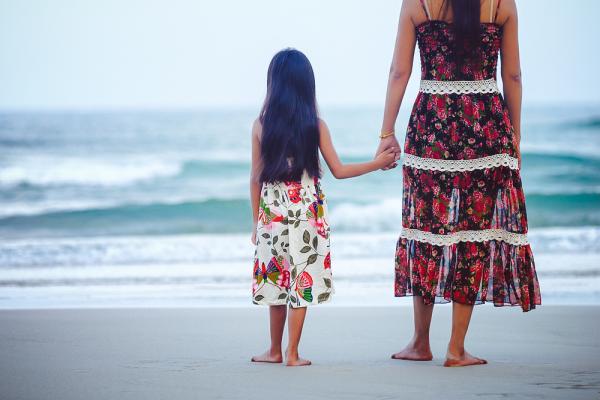In my Santa Barbara, California neighborhood, which we sometimes call “Leave it to Beaver Land” for its seeming serenity and peace, a new practice has become evident: Children no longer walk alone to our neighborhood elementary school. Every morning, a parade of mothers and fathers accompany their children the short distance to school, dogs in tow and cellphones in hand. It looks like the practice of safety, but it’s also the practice of fear. You just never know. It could happen anywhere. It could happen here.
These parents know about something we call “school incidents.” They know the statistics about the number of American children that are shot, stabbed, and killed in our schools each year. Like the rest of us, they know about the big ones, from Columbine to Newtown to Chicago to Pittsburgh, and they know there are so many more stories that never make it to CNN.
The soundtrack for the story of childhood in America reverberates with gunfire and the sobs of stunned classmates and grieving parents. It’s the soundtrack of fear.
Fear is our newest neighbor, even in sunny “Leave it to Beaver Land.”
Read the Full Article

